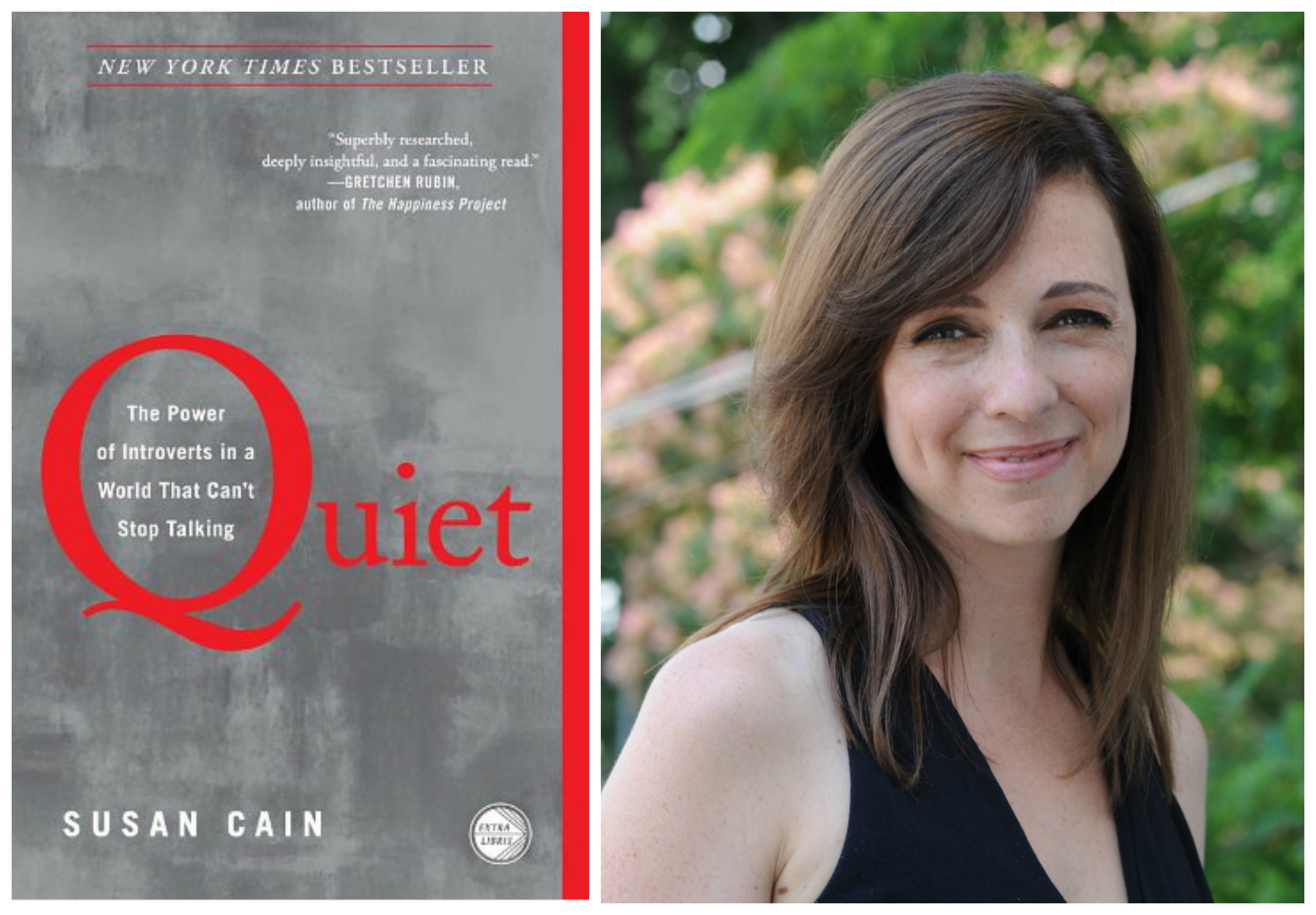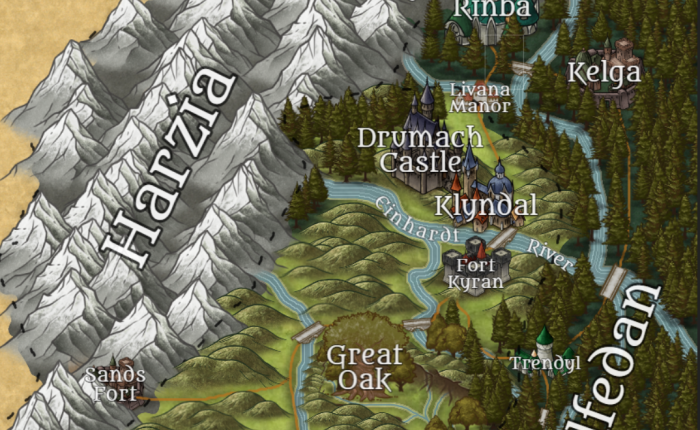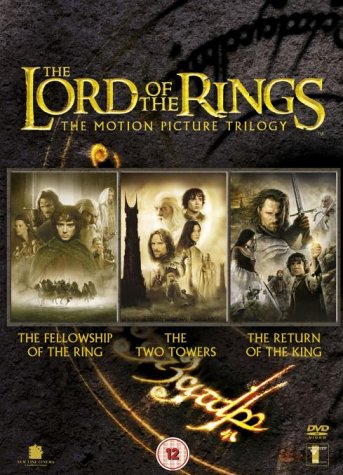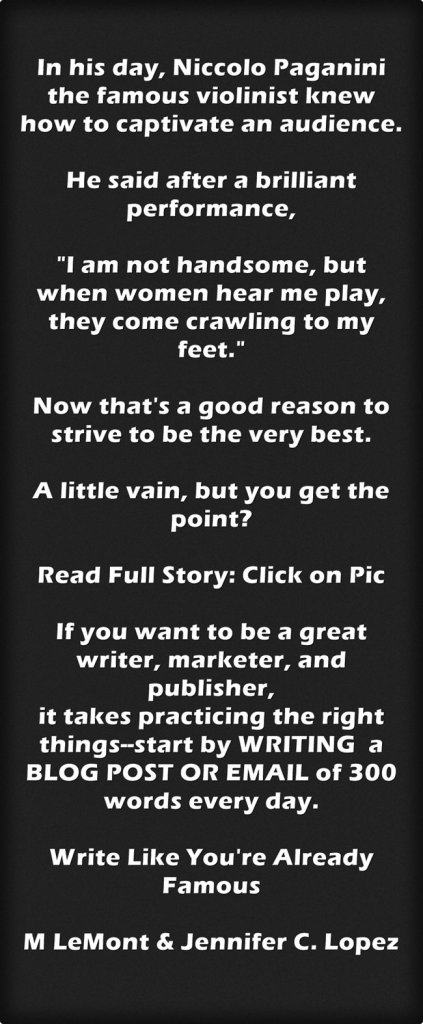Currently listening to:
“You’re too quiet! Put down your notebook and come be sociable!”
I lost track of the number of times I heard that phrase or similar while growing up. I was always a quieter kid with a story to tell. Certain changes in my family dynamics influenced my withdrawal into myself and my own imaginary worlds, but that never changed the fact that I was instinctively quieter than the majority of my family and peers. This became especially evident when my mom married my step-dad, who is the poster child for the term “extrovert.” This is a man who loses his mind if there is even a hint of quiet in the house. When he wasn’t talking boisterously to someone on the phone or debating something with my mother, the living room TV was blaring at what I was sure was the same decibel level as a fighter jet.
The noise that my step-father brought into the house was overwhelming, and because of it I spent the majority of my childhood in my bedroom with the door shut, scribbling away at my notebooks or becoming absorbed in my art projects. My step-father was also a pastor of more than one church, and there were always social events to attend. It irritated him to no end when I would curl up in a quiet corner of a dimly lit and mostly abandoned room with my notebook as my only security blanket. He just knew there was something wrong with me because I didn’t want to socialize, and he did everything in his power to “bring me out of my shell.”
I won’t argue that there were things that were wrong that influenced the severity of my introversion, but I grew up with the idea that there was something wrong with who I was on a personal level, and that lack of self-worth has haunted me my whole life.
It has been seven years since I graduated from college. My senior year of high-school, I was voted “Most Likely to Succeed” out of the females in my class. During college, I served one year as president of the creative writing organization on campus, played the role of Assistant Director for the spring theatre performance, and even gave a speech during a summer writing course for teachers on creative writing and teaching creative writing in class. I graduated from college just a couple decimal points shy of Magna Cum Laude. But after I graduated? After I graduated, I lost all sense of identity.
I have struggled to find a job, any job, much less one that pays a living wage. I have bombed almost every interview I have managed to land. “No one cares about an English degree,” I told myself. But there was more to it than that. I have long known that I become horribly nervous during anything that feels like I’m being evaluated. I don’t like noise, I don’t like chaos, and I don’t handle disappointment or rejection well, taking it as a very personal evaluation of my own worth. Even though I have interviewed for and been willing to work in jobs that require me to do what I don’t like to do, it’s like that hesitancy still leaks through. More times than not, I get ghosted by the places that interview me, even if it’s after a second round of interviews.
For years I have been trying to research ways to “fix” myself and understand why it is that I feel so unwanted in a world that cries “there aren’t enough workers!” I discovered Quiet: The Power of Introverts in a World that Can’t Stop Talking by Susan Cain quite by accident on a Reddit thread filled with people like me who were trying to make sense of themselves in a world that seems so loud and intimidating. And let me just say, this book is going on a very short list of “Most Impactful Things I Have Ever Read in My Life.” I wish I had discovered this book sooner. I wish that my mom and step-dad had been able to read this book when I was a kid. And it is one of very few books I think every person in the US (maybe even the world) should read, regardless of their walk in life or personality traits. It has, after all, been a New York Times Bestseller for multiple years in a row for a reason.

Quiet is a book that explores, in great depth, that very stigmatized concept of “introversion.” It discusses everything from the physiological differences between introverts and extroverts to the way that these two very different personality traits can learn to interact and even benefit from each others’ strengths.
One of the things that stood out to me was what Cain refers to as a shift from a “Culture of Character to a Culture of Personality,” in which “Americans started to focus on how others perceived them.” The United States (and Western society in general), she points out, has always been geared toward the bold and gregarious personality types, but that formed into the “Extrovert Ideal” in the early 1900s, and with it has come a society full of anxious people vying to put on the best performance, as so much of business and social success in this day and age hinges on this extroverted behavior.
From beginning to end, I felt like this book was written with me in mind. Cain tells story after story that could easily have been me: a young girl in grade school who gets steamrolled by her more outspoken peers in a group activity because she is too quiet and nervous to try to overtake the louder and more self-assured classmates, a woman pursuing a career in law not because she was passionate about it but because she thought it was what she should do to be successful and was consistently passed up after interviews because her skill could not make up for her lack of passion.
The book cites numerous studies on personality and its many facets, but the one that I found most notable was a study started in 1989 by a man named Jerome Kagan. Kagan recruited a large number of parents with infants and began studying the way in which these infants reacted to new stimuli such as strange noises and unfamiliar faces. Through the study it was discovered that the infants that reacted most notably, the “high reactive” ones as they are called, generally turned into quieter, more “introverted” individuals as they aged. Brain scans showed more activity in the amygdala, the part of the brain that regulates how things are perceived, whether the new things are safe or unsafe. There was absolutely nothing wrong with the “high reactive” or “introverted” types. They just perceived the world in a much different way.
I found Cain’s analysis to be not only well-researched but incredibly fair in its approach. Though this is a book geared toward introverts, it doesn’t bash extroverts, and Cain is the first to admit that human personality is far too complex to truly be lumped into a handful of categories. Still, Quiet provides valuable insight in to how introverts, as a whole, relate to the world, and how the world relates to them. Cain provides tips for how introverts might be able to approach finding a career that suits them and how to successfully approach extroverts in both business and personal relationships, all while staying true to their core self. The book also contains advice for corporate leaders on how to help their more introverted employees shine and make the most of their talents, and how extroverted (or traumatized introvert) parents can help their introverted children navigate the complexities of a culture centered around the bold and gregarious.
In the conclusion of the book, I found two parts to be very poignant: “Love is essential; gregariousness is optional” and “The secret to life is to put yourself in the right lighting.”
Though I wouldn’t even begin to claim that Quiet has given me all the answers to my introverted struggles, I can say with confidence that it has given me some wonderful tools for moving forward and a much better view on my own self-worth. So for the introverts looking to understand how to appreciate themselves and still function in an extroverted culture, or for those extroverts looking to understand introverted peers or loved ones, I highly recommend Quiet as a first step in that journey.









